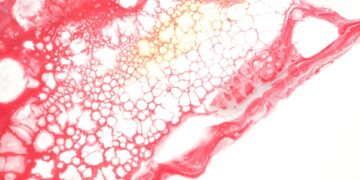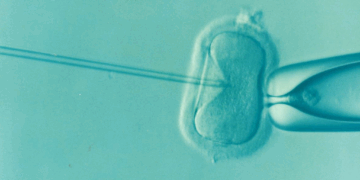It’s in the human DNA.
A recent study suggests that humans who find it challenging to lower their carbohydrate intake might have ancient DNA influencing their dietary habits. Researchers have identified multiple copies of the salivary amylase gene (AMY1) in humans, which plays a vital role in breaking down starch in the mouth, marking the initial stage of digesting carbohydrate-rich foods like pasta and bread.
This gene duplication is believed to have occurred over 800,000 years ago, well before the development of agriculture, helping to shape human adaptation to a diet rich in starchy foods. The enzyme amylase is responsible for converting starch into glucose and contributes to the unique flavor of bread, according to the researchers. Omer Gokcumen, a professor of biological sciences at the University of Buffalo, explained that a higher number of AMY1 genes enables greater amylase production, enhancing the ability to digest starch effectively.
In their study, the researchers analyzed the genetic material of 68 ancient human remains, including an individual from Siberia who lived around 45,000 years ago. Their findings revealed that pre-agricultural hunter-gatherers typically possessed between four to eight copies of the AMY1 gene, indicating an adaptation to starchy foods long before farming practices, such as cultivating wheat and potatoes, were established. Duplications of the AMY1 gene were also present in ancient human relatives like Neanderthals and Denisovans.
The researchers propose that the initial duplications of the AMY1 gene facilitated humans’ ability to adapt to varying diets as starch consumption increased with technological advancements and lifestyle changes. As humans migrated globally, the varying number of AMY1 copies allowed them to adjust their diets based on their environments. The advent of agriculture further impacted human genetics, particularly in European farmers, who experienced a notable increase in the average number of AMY1 copies over the last 4,000 years due to their carbohydrate-rich diets.
Gokcumen noted that individuals with more AMY1 copies were likely better at digesting starch, which may have led to greater reproductive success and a lasting impact on the evolution of human genetics. This study, published in the journal Science on October 17, highlights the potential implications for contemporary issues such as obesity and type 2 diabetes. Researcher Feyza Yilmaz from the Jackson Laboratory emphasized that understanding the variation in AMY1 copy numbers could provide valuable insights into metabolic health, starch digestion, and glucose metabolism, paving the way for future studies in genetics, nutrition, and health.

































Discussion about this post